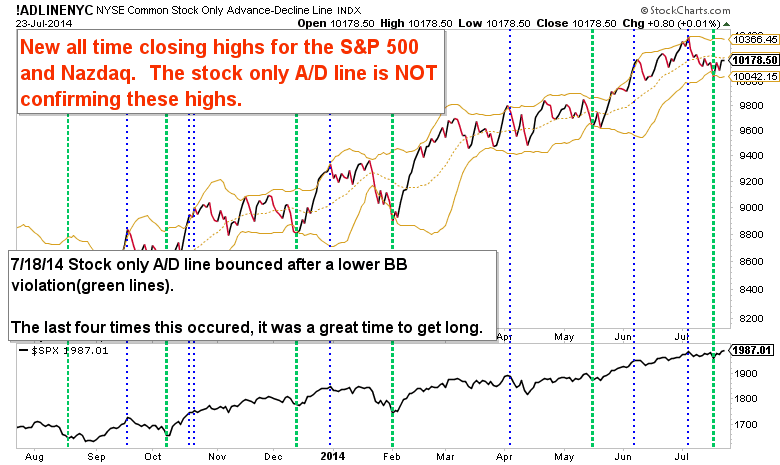This makes sense as managers get greedy watching their stock's price rise. Naturally they want that to continue as their internal growth strategies mature.
Case in point 3D Systems. They acquire a new business seemingly every month just so they can move numbers around and make their results look better.
As you probably know, Jeremy Grantham's GMO has a new quarterly letter out. He's expecting the next two years to be a golden age in M&A with low rates and a 'young economy'.
"Don’t tell me there are already a lot of deals. I am talking about a veritable explosion, to levels never seen before. These are my reasons. First, when compared to other deal frenzies, the real cost of debt this cycle is lower. Second, profit margins are, despite the first quarter, still at very high levels and are widely expected to stay there. Not a bad combination for a deal maker, but it is the third reason that influences my thinking most: the economy, despite its being in year six of an economic recovery, still looks in many ways like quite a young economy. There are massive reserves of labor in the official unemployment plus room for perhaps a 2% increase in labor participation rates as discouraged workers potentially get drawn into the workforce by steady growth in the economy. There is also lots of room for a pick-up in capital spending that has been uniquely low in this recovery, and I use the word "uniquely" in its old-fashioned sense, for such a slow recovery in capital spending has never, ever occurred before. The very disappointment in the rate of recovery thus becomes a virtue for deal making. "
If margins are strong, rates of return likely aren't falling closer towards internal rates of return unless growth is maxed out and slowing. Following that logic, there wouldn't be a massive M&A boost until we're at the end of the economic cycle. Since there is this large amount of 'slack' in the economy, wouldn't that mean we're quite far away from that point??
Of course for ages we've heard that cash piling up on corporate balance sheets + low rates are reasons to acquire. Well, what's new? Possibly increased confidence and or greed due to a rising stock market. Unfortunately, the real world has to deal with this mess of a political/economic/tax climate? These issues are on the W.S. backburner right now, but they are as bleak as ever.
Consider me a skeptic. Massive psychology shifts take years and years to unfold and right now there is no urgent incentive to take advantage of low rates. We're living in a ZIRP world. That incentive probably won't initiate until we see a pretty significant spike in rates.
While Mr Grantham may be correct about this boom, his argument doesn't exactly add up for a M&A golden age.
(BTW, I don't participate in an Amazon affiliate program, just wanted to share what got me thinking)























